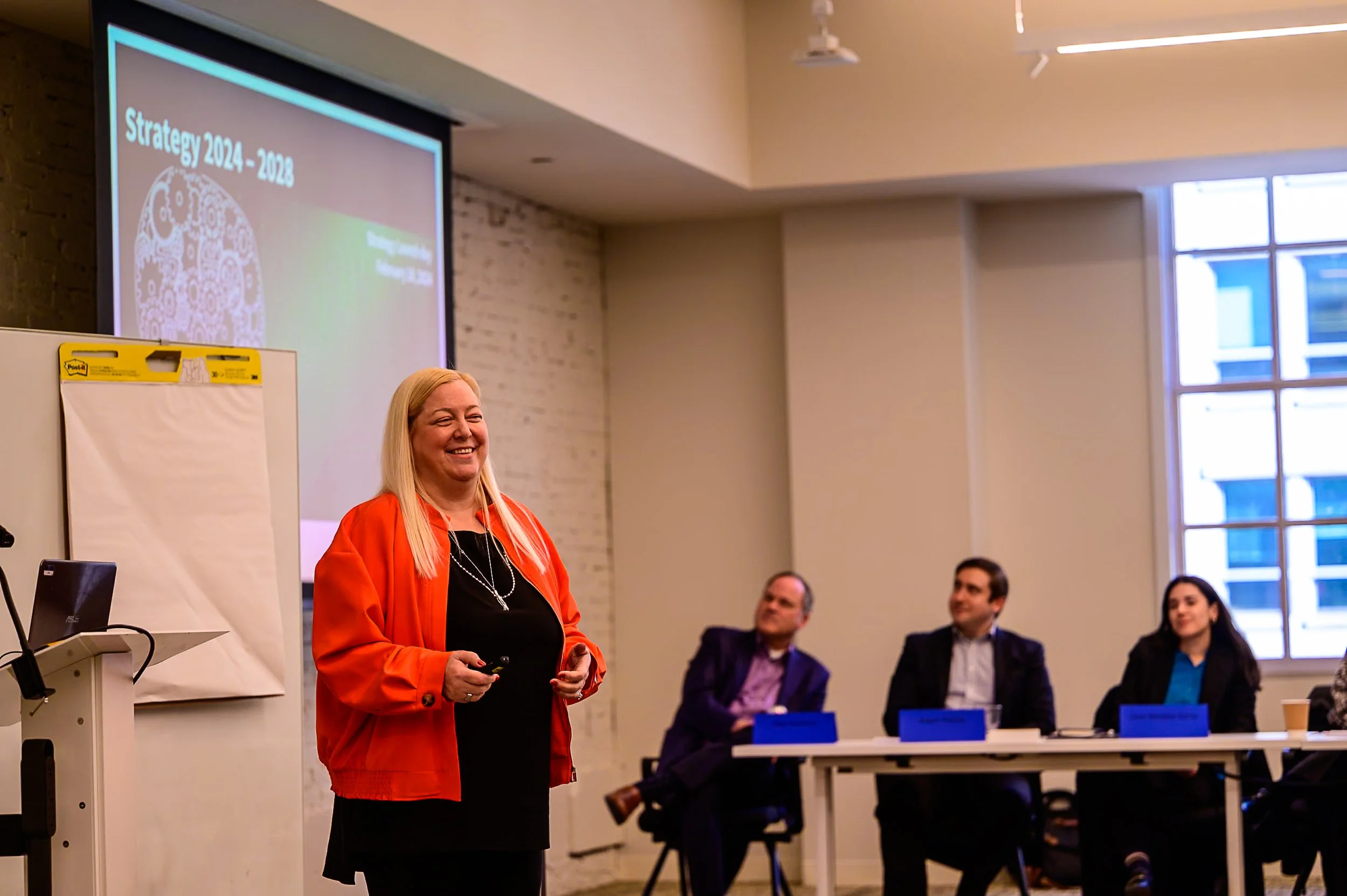
Connecting Through Volunteering: Improving Disaster Response
Arc Aspicio’s culture prioritizes serving the Metro DC community, and we are involved in more pro bono consulting projects than ever before. Through volunteering, our teams advance the mission areas we support, including homeland security, emergency management, and law enforcement. Arc Aspicio employees consistently give back by participating in events like Wreaths Across America, our annual Search and Rescue Dog Foundation (SDF) fundraiser, and a professional clothing drive for Vietnam Veterans of America.
This past year, Arc Aspicio worked with the Information Technology Disaster Resource Center (ITDRC), a volunteer organization that supports disaster-stricken communities by providing critical IT services in the aftermath of catastrophic events. ITDRC’s important mission is to help communities reestablish access to communication as quickly as possible, allowing them to receive life-saving support and return to normalcy. From providing critical emergency communications and Wi-Fi for emergency responders battling the California wildfires to repairing and reconnecting communities to their loved ones in Puerto Rico, ITDRC has made a huge impact.
Arc Aspicio helped ITDRC structure its Tech Task Force, a private sector disaster response team that contributes employee volunteers, products, services, logistics, and monetary support. We designed elements of this program using Customer Experience principles. Our team outlined expectations, actions, and responsibilities to develop an easily navigable process for Tech Task Force with three distinct phases: pre-disaster, disaster phase, and post-disaster. To allow companies to choose their level of commitment, we created a tiering system that ranges from the supply of monetary contributions to the full spectrum of volunteers, equipment, and additional resources. We worked closely with ITDRC leadership to develop requirements and build the structure for a quickly growing program.
Private sector companies are increasingly looking for volunteer opportunities, with good reason. People in the workforce list social responsibility and volunteerism as important issues. Providing these opportunities not only keeps employees engaged, but it also provides direct and indirect financial incentives for participating companies. Engaged employees are over 20% more productive, and volunteering provides employees opportunities to build skills they might not otherwise have.
We are excited to watch and partner with ITDRC, as they continue to grow, help more communities, and build their Tech Task Force. In the meantime, check out their website to see what they are up to and how you can get involved https://itdrc.org/.
About Arc Aspicio
Arc Aspicio enhances the future of our nation by creating bold ideas and bringing them to life. A consulting and solutions company, Arc Aspicio solves problems by applying our integrated capabilities in strategy, design, data, human capital, behavioral science, and technology. The company passionately pursues our vision to be the hub of creativity where people take action to change the world. To do this, employees collaborate with clients and partners to create solutions using a human-centered approach. Innovation is not possible without action. The company focuses on strategy first, then takes a hands-on approach implementing ideas to achieve results. Join Arc Aspicio and our Strategy Innovation Lab (SILab) by creating and sharing ideas to inspire people to change the world. Follow us on Twitter @ArcAspicio @SILabDC and learn more at www.arcaspicio.com.





















